Research
Data Efficient Learning
Recent years have shown scale can unlock the potential of deep learning models. Significantly increasing models’ capacity, as well as training dataset size, has yielded impressive performance gains in a large set of applications. Particularly, large scale vision-language models rely on mapping image content to textual descriptions, and have very strong zero-shot (i.e. performing tasks never seen during training) and generalisation abilities.
These ever increasing data and computing requirements raise a number of challenges:
Model adaptation: Adapting large scale models, pre-trained on very large datasets, to new, smaller datasets is not straightforward. Direct fine-tuning risks overfitting, and losing the model’s generalisation ability. Parameter efficient solutions allow fine-tuning with reduced data and computing requirements. Vision-language classification and detection models make predictions by comparing image features to text representation, each text input describing a class. We observed that models rely on hand-crafted class names, which can often be ambiguous (e.g. homonyms), too technical, non-representative or even not available. We propose to address this issue with a simple, parameter efficient fine-tuning technique, that learns class names from available image content. Our solution has valuable interpretability properties, allowing to identify model biases, annotation errors and failure modes easily.
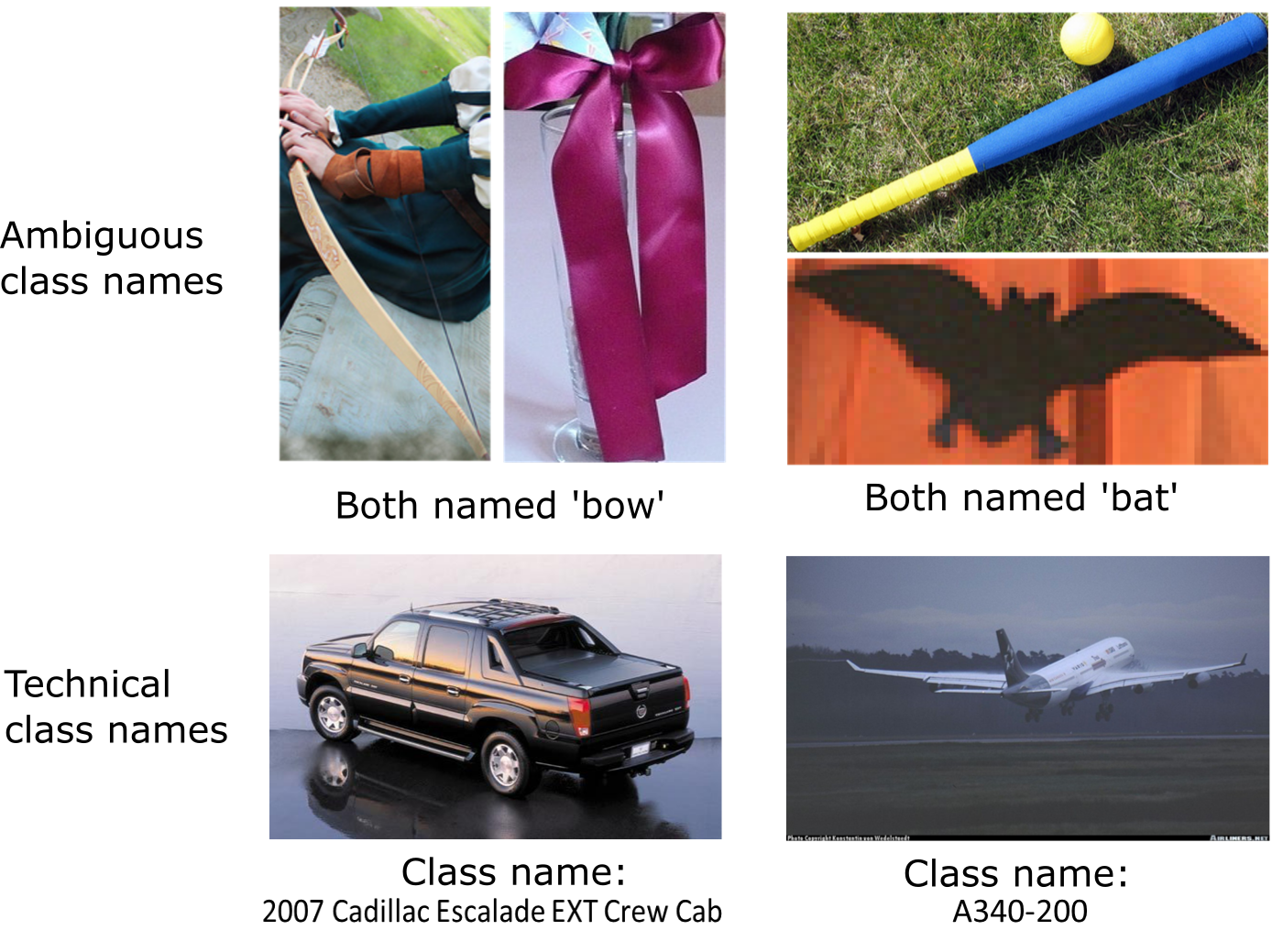
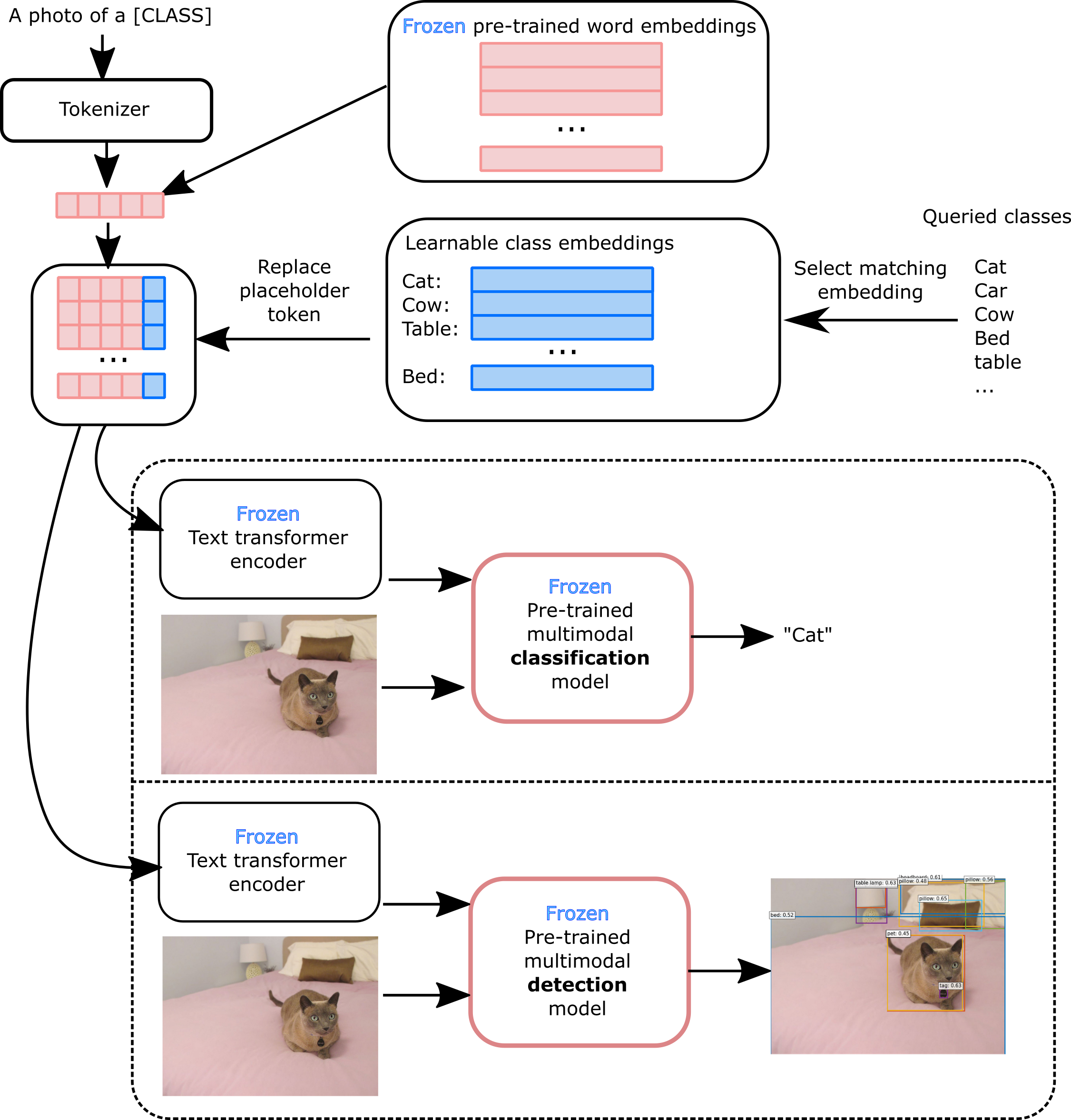
Skewed data distributions: datasets naturally exhibit a long tail distributions with very common instances (e.g. cats) dominating the data distributions, and rare instances (e.g. lynx) only having a handful examples available. This leads to severe data imbalance that favours common instances, and tends to be exacerbated as dataset size grows; as well as a few-shot problem for rare instances lacking dedicated training data. Few-shot learning is typically investigated using dedicated benchmarks were all instances have very few training examples. We investigated the applicability of few-shot learning techniques for classification to improve performance on rare classes, and showed how class prototypes and cosine classifiers can be leveraged to transfer knowledge from data-rich common classes to rare classes.
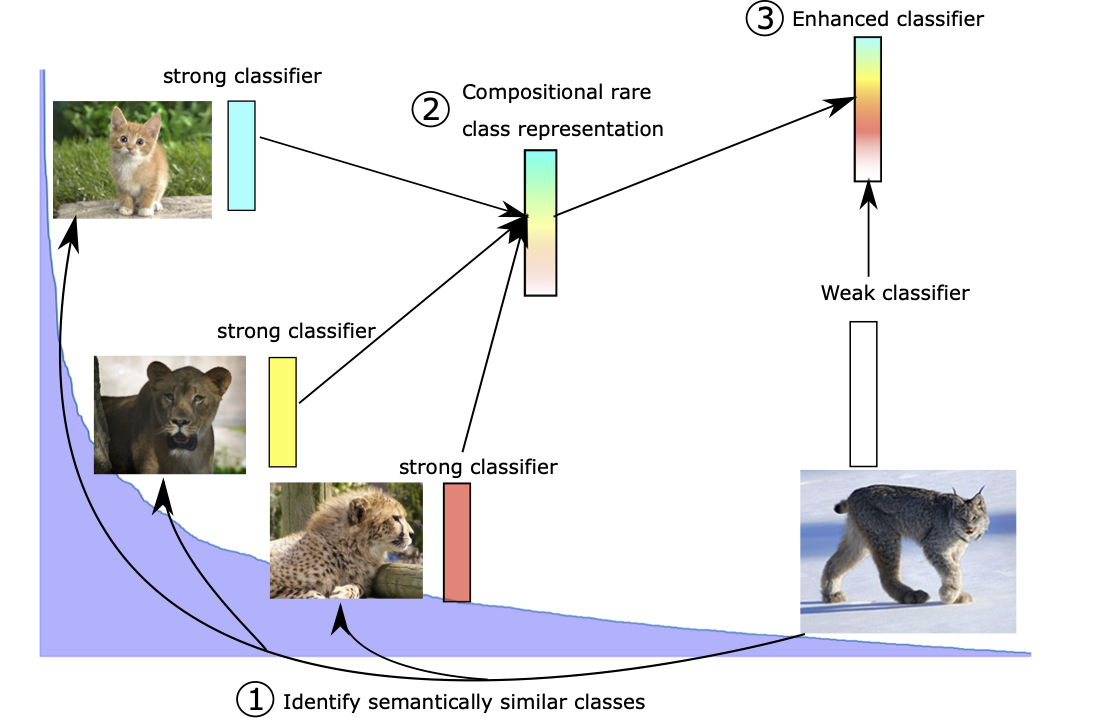
Training biases: If not constructed carefully, large benchmarks can induce spurious correlations during the training process. Single view 3D shape reconstruction provides an interesting case study were complex deep learning models trained on the ShapeNet dataset achieve performance on par with a nearest neighbour solution. Investigating the problem in a few-shot scenario prevents models from taking such shortcuts. We propose a solution leveraging compositional shape priors in this setting, allowing our model to learn about common properties across shapes categories.
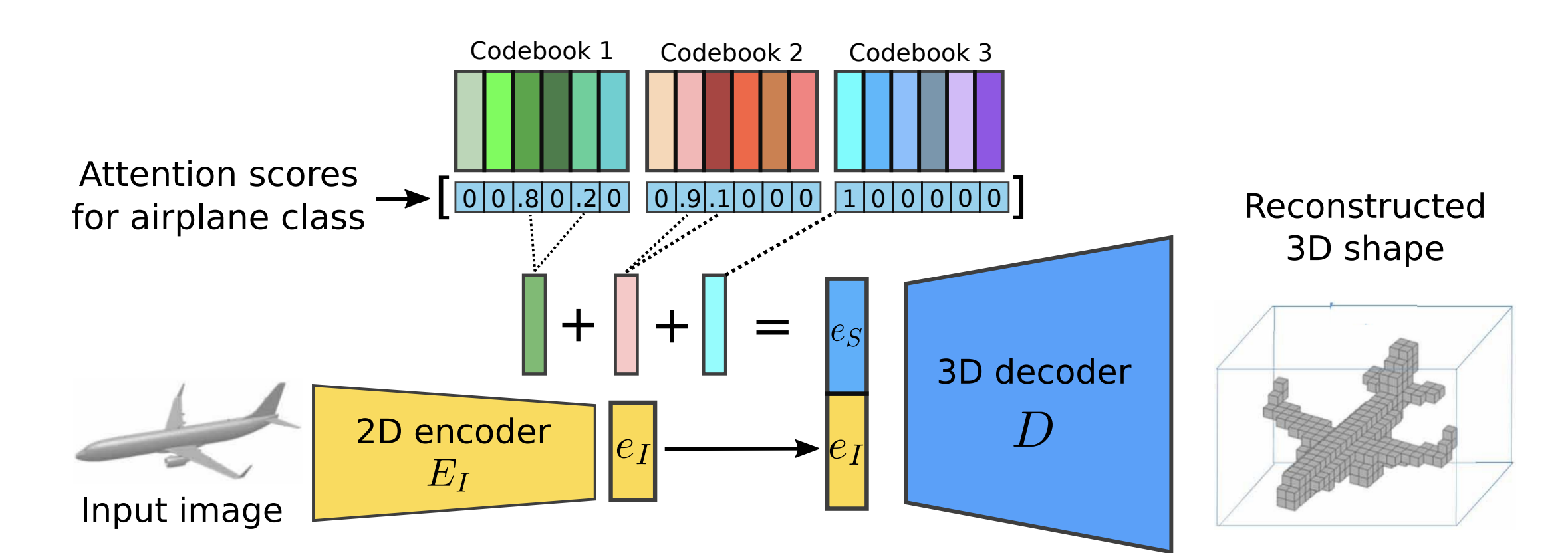
Selected publications:
Computational Photography
Nowadays, smartphone cameras heavily rely on machine learning to optimise the quality of captured photographs, from processing raw pixels to image enhancement. Computational photography has been a core focus of Huawei’s London Research Centre.
Image enhancement: Automated image enhancement is typically approached as a global image processing (lacks fine-grained details), or pixel level enhancements (noisy). We take inspiration from professional image editing softwares such as Adobe Lightroom, and aim to learn a combination of local and global editing operations. We propose to learn parametric filters, each associated with a specific edit, to emulate artists image retouching practices. This yields a flexible and high quality enhancement solution, that benefits from high interpretability.
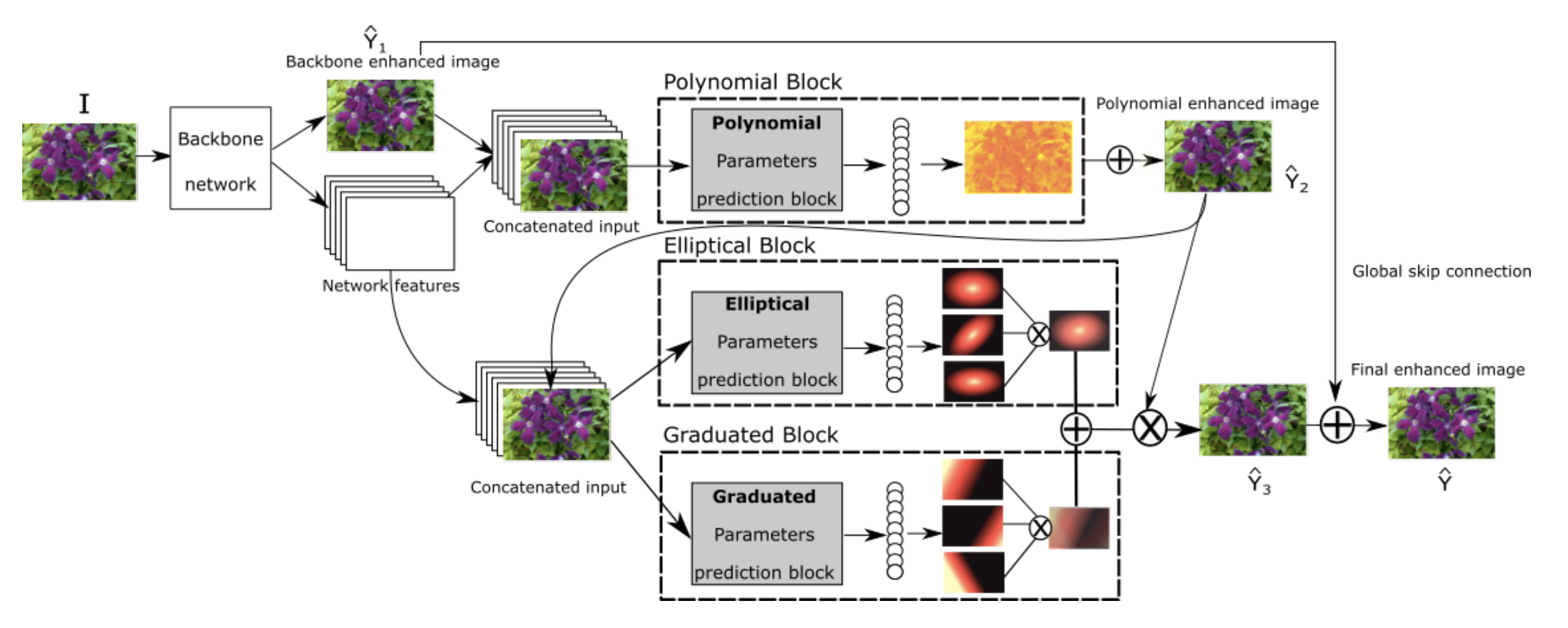

Color constancy: Adjusting white balance is a well known challenge for photography enthusiasts. The objective is to estimate the colour of the light source illuminating an image to correct image pixels, such that whites appear white on the image. Teaching a model to do this automatically is very challening, as it is an ill-posed problem (is a pixel yellow because the light is, or because the object is?). An additional challenge relates to data acquisition, which needs to be repeated for every new camera sensor. To improve model’s ability to generalise across sensors, we proposed a meta-learning based strategy, focusing on the construction of few-shot tasks driven by camera sensor and image’s dominant colour temperature. By decomposing our datasets into a set of simpler sub-tasks, we were able to improve models generalisation ability.

Selected publications:
Graph Convolutional Neural Networks
Convolutional Neural Networks (CNNs) have found numerous applications on 2D and 3D images, as powerful models that exploit features (e.g. image intensities) and neighbourhood information (e.g. the regular pixel grid) to yield hierarchies of features and solve problems like image segmentation and classification. Their impressive performance can be partly linked to the fact that CNNs intrinsically exploit the relationship between neighbouring pixels through the images’ regular grid structure.
Applying similarly powerful tools for data defined on irregular graphical domains is not straightforward. In this project, we explore the novel concept of graph CNNs for brain analysis using population and brain graphs. In particular, spectral graph CNNs expoit the concept of signal processing on graphs, allowing convolutions in the graph spatial domain to be dealt as multiplications in the graph spectral domain.

Such formulation was exploited for:
- Brain analysis in populations, combining imaging and non-imaging data through the construction of graphs representing populations. Semi-supervised classification of the graph nodes is carried out for diagnosis tasks.
- The comparison of brain graphs, using a siamese graph CNN to learn a similarity metric between brain connectivity networks.
Key methodological aspects:
- Machine/deep learning and applications to unstructured domains
- Graph signal processing
- Semi-supervised classification
- Metric learning
Selected publications:
Parisot et al. MICCAI 2017 [PDF]
Ktena et al. MICCAI 2017 [PDF]
Connectivity-driven Brain Parcellation
This project is carried out under the scope of the Developing Human Connectome Project.
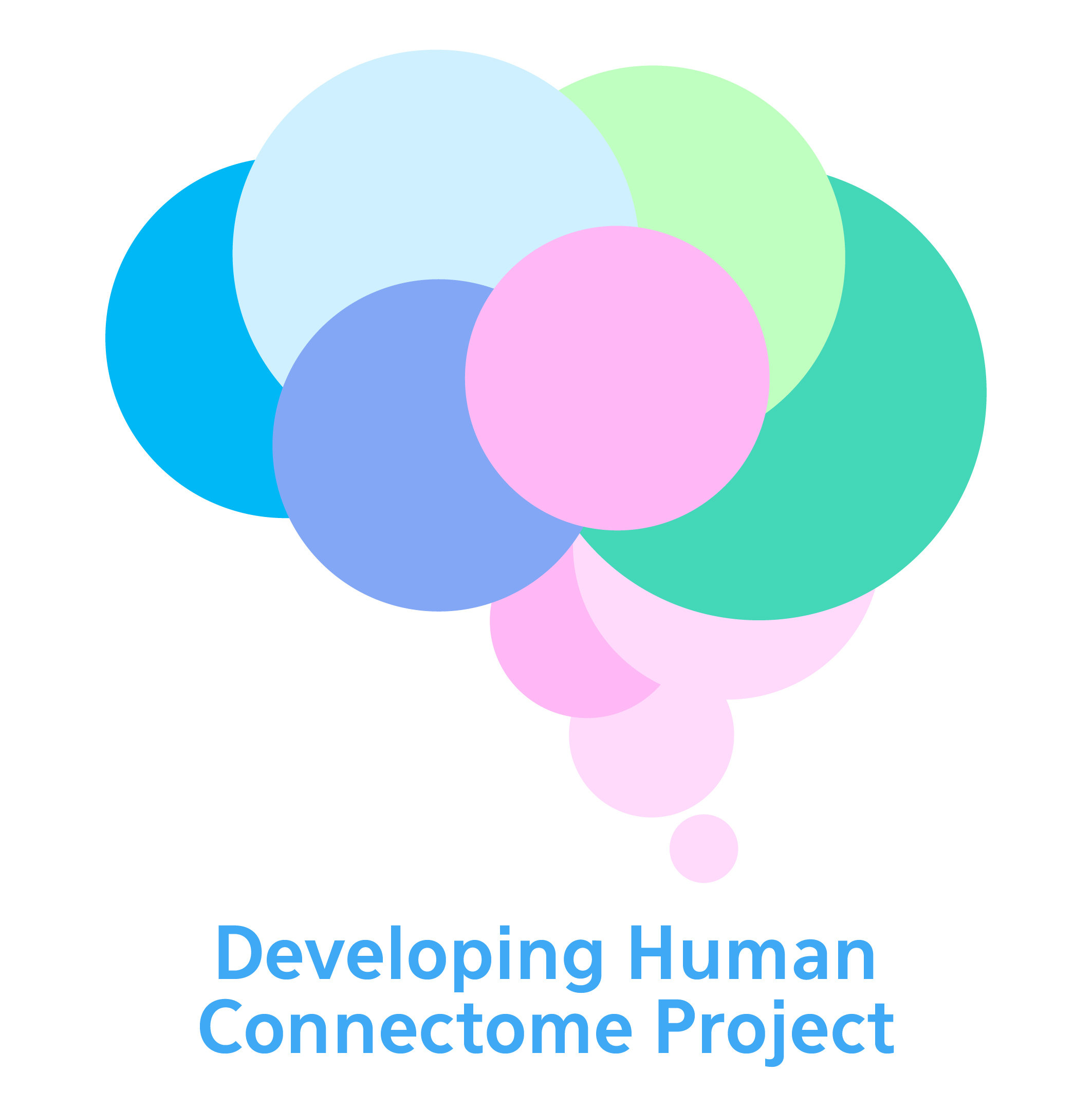
Brain connectivity (structural from diffusion MRI or functional from functional MRI) can provide essential information on the interactions between brain regions and their processing abilities. It notably has the potential to unravel the mechanisms behind neurodegenerative diseases or ageing.

The goal of connectivity-driven brain parcellation is two-fold: Dimensionality reduction: In vivo connectivity data is obtained at the voxel or vertex level. The dimensionality of this data is too high to extract any meaningful information from connectivity networks. We aim at identifying the nodes of the connectivity network at a lower resolution, where each node correspond to a brain region that has consistent connectivity profiles. Identification of functionally specified regions: On top of building connectivity networks, regions that have sharp transitions of connectivity profiles can be an indicator of a different functional specialisation.

Several approaches were considered to tackle the task of brain parcellation:
- We investigated group-wise parcellation through spectral clustering techniques.
- Modelling the parcellation task as an iterative continuous Potts model using the recent continuous max-flow optimiser.
- The Potts model formulation was later extended for multi-modal parcellation and discrete optimisers.
Key methodological aspects:
- Multi-scale spectral clustering
- Continuous and Discrete Potts models
- Adaptation of a state of the art optimiser to spherical meshes
- Computer vision methods (co segmentation) for groupwise parcellation
Selected publications:
Parisot et al. NeuroImage (2017). [DOI][PDF]
Parisot et al. NeuroImage (2016).
[DOI] [Bibtex][PDF]
Arslan et al. NeuroImage (2017)[DOI] [PDF]
Concurrent Registration/Segmentation
The idea behind this project was to exploit the codependency between segmentation and registration with missing correspondences. In typical sequential approaches, the missing object is first segmented and then masked in the registration process. We proposed a flexible concurrent registration/segmentation method that makes no assumption of the registration similarity criterion or the object to be segmented. We applied the method on brain tumours and intra-operative registration with tumour resection.

The method was extended for content-driven sparse sampling driven from registration and segmentation uncertainty. We aim at increasing the efficiency of our algorithm by building sparse non-uniform grids where the segmentation and registration parameters are evaluated.
Key methodological aspects:
- Registration with missing correspondences
- Atlas-based segmentation
- Content-driven sparse sampling
- Registration and segmentation uncertainty
Related publications:
Parisot et al. MICCAI 2012 [DOI] [Bibtex] [PDF] [Slides]
Parisot et al. ICCV 2013 [DOI] [Bibtex] [PDF]
Parisot et al. Medical Image Analysis 2014 [DOI] [Bibtex] [PDF]
Atlas-based Brain Tumour Segmentation

Brain tumour segmentation was the main objective of my PhD thesis. Instead of focusing on machine learning methods which remain dependent on the appearance of the image pixels, we focused on incorporating high level information in the segmentation task. We built a probabilistic atlas describing the tumour’s preferential locations, which was integrated in a graph-cut segmentation algorithm as a position prior.
Key methodological aspects:
- Network analysis and clustering
- Markov Random Field models
- Atlas-based segmentation
Related publications:
Parisot et al. MICCAI 2011 [DOI] [Bibtex] [PDF]
Parisot et al. CVPR 2012 [DOI] [Bibtex] [PDF]\

